Can Plumeria Grow Indoors? Tips, Tricks & How to Guide
-
Pete Ortiz
- Last updated:

Plumeria plants are fragrant and beautiful trees that you may commonly see along hiking trails, state parks, and in local botanical gardens. However, these plants can also be grown indoors with the right setup. On average, plumeria plants tend to reach anywhere from 10 to 18 feet in height, but if you plan on growing them indoors inside of pots, they will usually grow anywhere from 3 to 6 feet, depending on the size of the planter pot.
These trees are popular household and garden plants due to their beautiful flowers and well-behaved (non-invasive) root systems. They have waxy petals, and you can find varieties that bloom in a number of different colored flowers, including orange, white, pink, yellow, and red. Their creamy petals give off a fragrant aroma that’s sure to fill your entire home or indoor garden. Let’s take a look at how to grow these plants indoors
Step-by-Step Guide for Growing Plumeria Indoors
1. Prepare The Seeds
It’s important to properly prepare your seeds before planting them in your pot. When sourcing the seeds, be sure to purchase from a reputable seller or visit a local nursery to ensure the seeds are of the highest quality. Also, choose a parent plant variety that has the physical characteristics that you prefer.
- Germination: Start by placing the seeds on a paper towel and rinsing them off with water. The seeds need to be well-moisturized so that they will germinate quickly and easily. Let the seeds sit on the paper towel for about 24 hours so that they can soak up as much water as possible.
- Planting: The next day you should notice that the seeds appear swollen and a bit larger than they were previously–this is a good sign and it means that they’re ready to be planted. Next, place the seeds in plant pods or plastic bottles and set them aside in a warm area in your home.
- Location: The location should have sufficient light, but it’s best not to place them in direct light to avoid damaging them. After about 7-15 days, the sprouted seeds will be ready for planting in larger pots. Wait until the seedlingshave about three to six leaves and a few visible roots before moving them to plant pots.
2. Pick the Right Soil
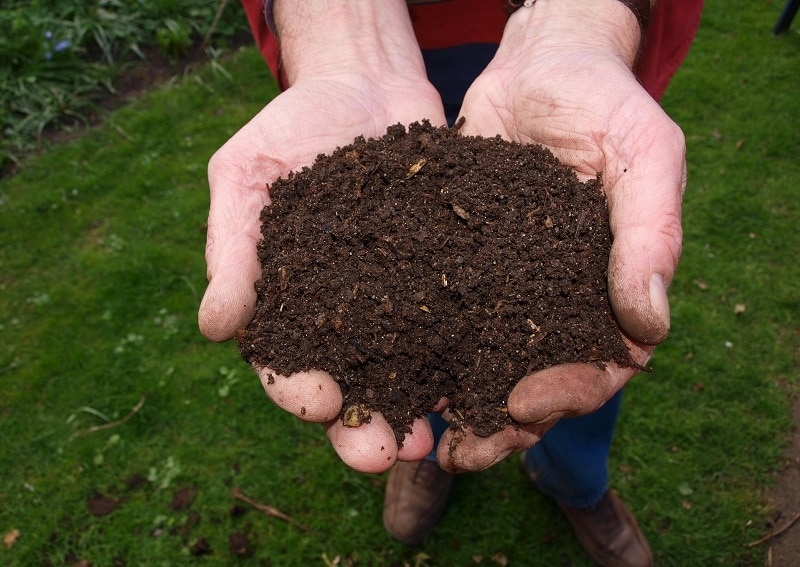
Plumeria trees thrive in nutrient-rich, well-draining plant soil. You can use your own homemade soil mix or buy a generic mix from your local gardening store. You can also create an easy mix by combining peat moss and perlite.
If you have any cactus soil on hand, this light soil can work as well, though it’s a bit coarser, so you’ll want to make sure that the soil is moist before planting the seeds. Cactus soil drains really well and is full of nutrients that new plumeria plants can use.
3. Choose The Best Container
Plumeria plants can grow fairly weighty branches, so it’s important that the pot you purchased has a solid construction and is able to hold them upright. You can use plastic, wood, or hard metal containers, depending on where the plant will be located in your home.
Just make sure that the container has drainage holes and is big enough for the plant roots to grow and thrive. If you’re growing your plants from seeds, you can start with a simple 3-gallon pot, which will be suitable for plants that grow up to 3 ft. Generally, you want to ensure that the plant height is equal to the gallons of soil that the container can hold. So, for example, if you have a 5-foot plant, you’ll want to have a five-gallon pot.
4. Plant Your Plumeria Seeds
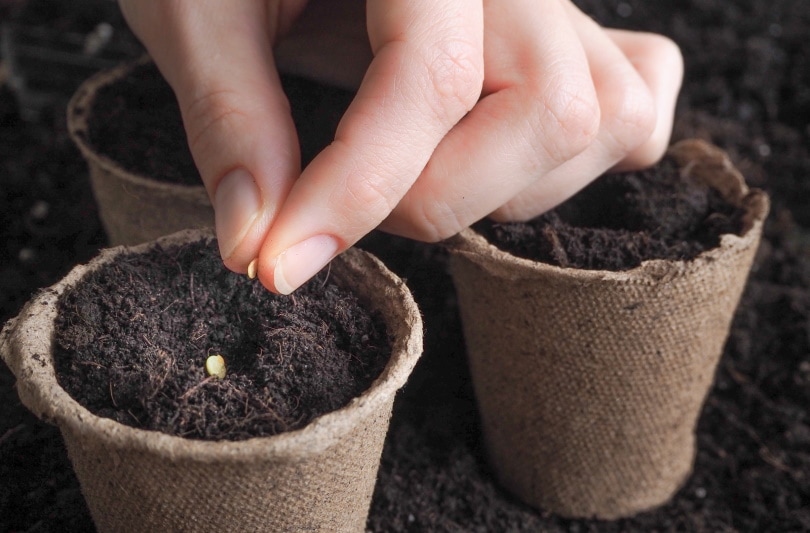
Once you’ve prepared your seeds, prepped the soil, and chosen a container, it’s now time to plant the seeds. Transfer the sprouted seedlings to your plant container. To avoid nutrient loss, you can add a bit of slow-release fertilizer to the soil and peat moss to help with moisture retention. Be sure that your seeds are still moist before placing them in the soil.
Start by filling your container three-fourths of the way with soil. Then, spread the seeds evenly on top. Next, fill the container with the rest of the soil so that the seeds have at least 1-3 inches of soil above them–you don’t want them to be planted too deeply, as the baby plants may have trouble breaking through the soil layers.
Step 5. Watering Plumeria Plants
After planting the seeds, water the plant daily for the first two to three days. Be careful not to drown it in water, and ensure that the water is draining properly out of the drainage hole. For the first few weeks, the plant will need a consistent amount of water, though it can be fairly easy to overwater at this time.
The best way to approach watering is to simply check the soil’s moisture level every day by sticking your finger about two to three inches down intoit. When performing this test, be sure to avoid the seedlings to prevent damaging them. If the soil feels moist on your finger, don’t water it. However, if it feels semi-dry and crumbly, be sure to give it a thorough watering.
The 7 Tips For Growing Plumeria Indoors
1. Pruning Needs
To avoid having the plant grow too tall, regularly prune your indoor plumeria plant. The ideal time to do so is in late fall or winter, before spring. You may need to do this on an annual basis or more, depending on how fast the plant grows.
This will ensure that the plant is still in a dormant state and will recover fairly quickly. When pruning the plant, remove no more than a third of each branch and ensure that your pruning shears are sharp to avoid shredding the bark. Be sure to cut the plant at a 45-degree angle right past the node.

2. Sunlight Preference
Plumeria plants thrive under daily full sunlight. So, when moving your plant’s container to its final destination, be sure that it’s in an area in your home that will receive anywhere from six to eight hours of sunlight every day. However, when planting a baby plant, it’s best to gradually introduce sunlight to the plant by giving it a minimum amount of exposure and then increasing it by an hour or two each day. One to two hours of initial exposure is best for baby plants.
3. Ideal Temperatures
Be sure to keep average temperatures anywhere from 66-80 degrees Fahrenheit when growing plumeria indoors. The plants can tolerate higher temperatures when planted in an outside garden, but you need to keep an eye on the soil to ensure that it doesn’t dry out.
If you have an outdoor greenhouse, bring the plant back inside if temperatures reach below 50-52 degrees Fahrenheit during the night. Keep in mind these are tropical plants, so they can easily become damaged from cold conditions.
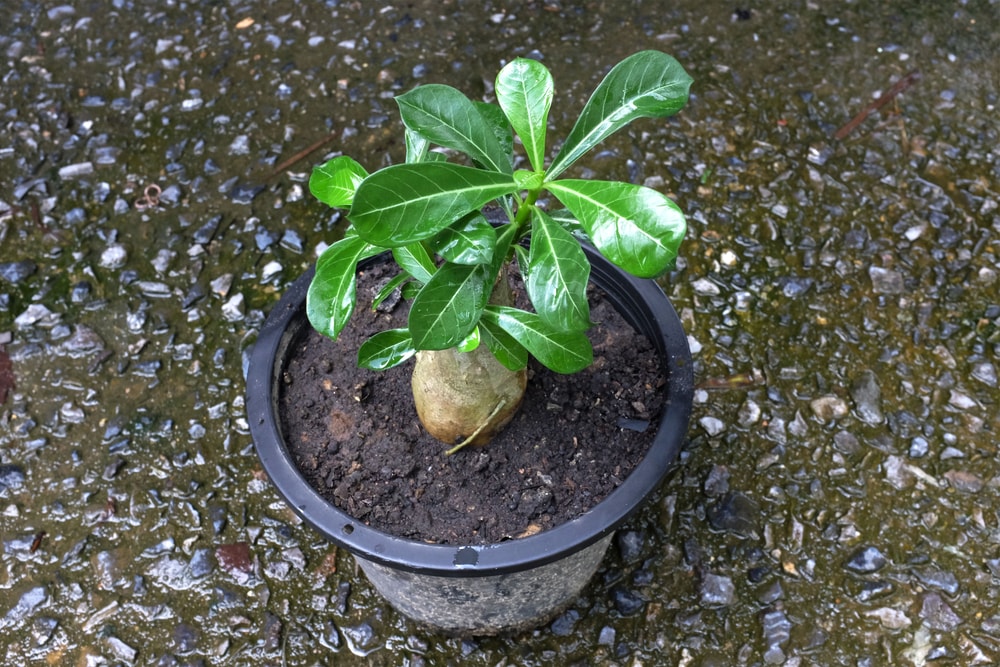
4. Humidity Levels
Plumeria plants live best with a relative humidity of about 40% to 55% on average. If you live in an area prone to dry weather, you may want to install a humidifier in the room where the plant is located. Also, take note of indoor humidity levels during the winter, as indoor heating systems can also cause the plant’s soil to dry out.
5. Pest Control
It’s common for plumeria plants to become infested with mealybugs, whiteflies, and spider mites. However, you can easily get rid of these pests using insecticidal soap, neem oil, or by spraying your plant with water. If you have your plant in an outdoor garden, be sure to check for pests at least a few times a week to prevent heavy infestations.
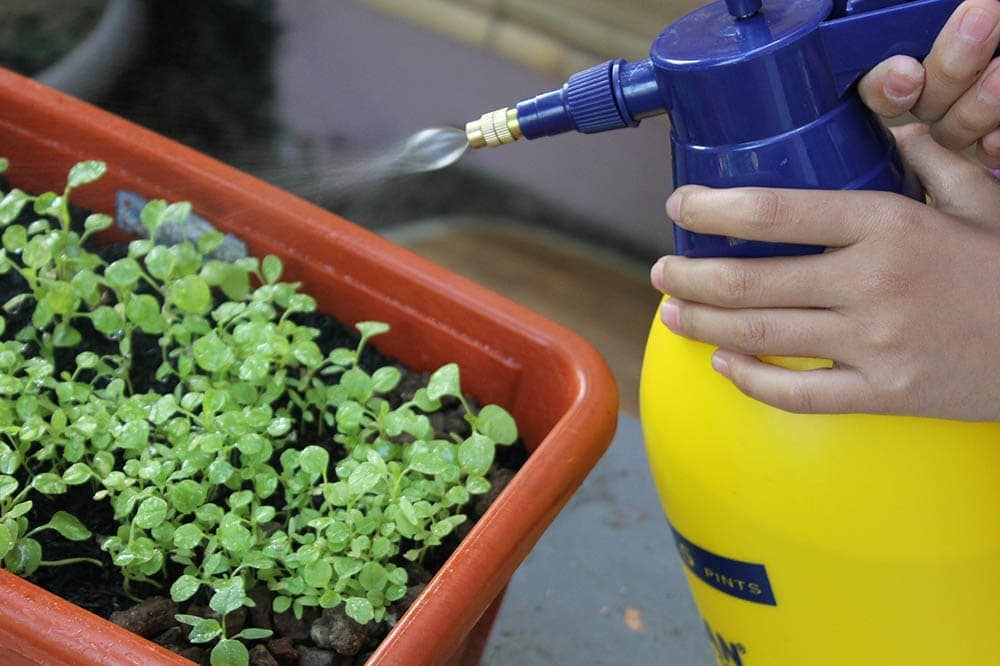
6. Prune Dead Branches and Leaves
Dead branches and leaves will siphon water and nutrients from the healthier parts of the plant, so it’s important to get rid of them asap. To do this, first clean your pruning shears with alcohol. Next, starting at the bottom of your plant, work your way to the top getting rid of any dead leaves and branches.
If you notice sap oozing out of the branches, don’t worry, this is completely normal. Just be sure to clean your pruning shears afterward. Remember, it’s best to prune the plant during the late fall or winter months when it’s not growing–this prevents you from interrupting its spring blooming cycle.
7. Fertilizer Needs
Add fertilizer every 1-3 weeks. If your plant’s soil is lacking nutrients, it’s helpful to add a bit of fertilizer every few weeks. Find a fertilizer that has high amounts of phosphorus to guarantee a full bloom in the spring. Also, measure the soil’s pH before and after applying fertilizer, so as not to overfeed the plant. You can also use Epsom salt every month or so if you need to raise the soil’s acidity.
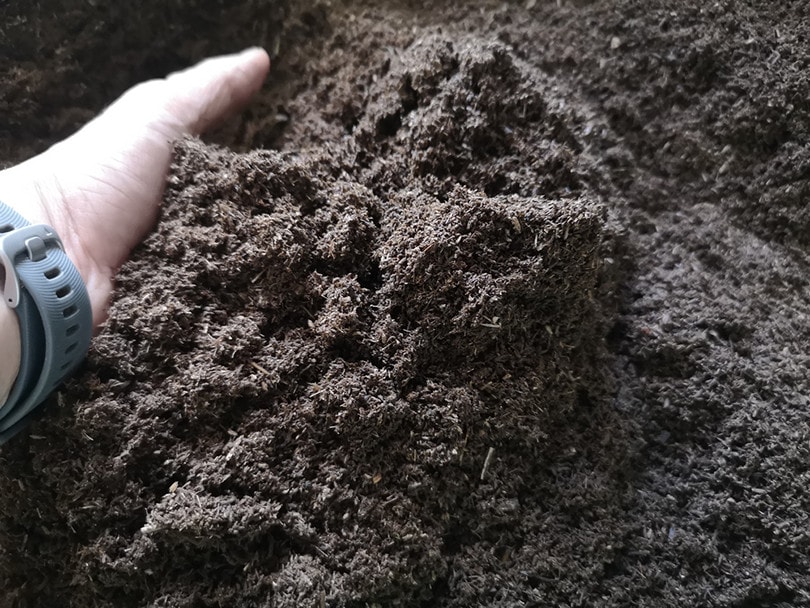
In Conclusion
Plumeria plants are relatively easy to care for when they are grown indoors or outdoors. However, when growing the plant indoors, keep monitoring indoor temperature, humidity, and soil moisture levels to ensure that the plant has the healthiest environment for future growth.
Featured Image Credit: Piqsels
Contents


